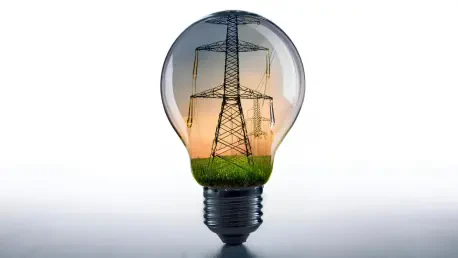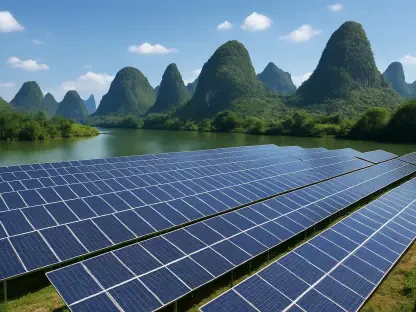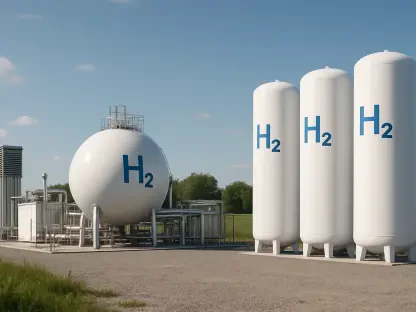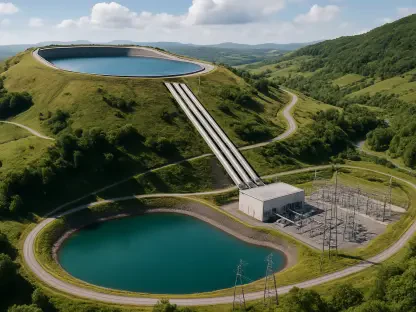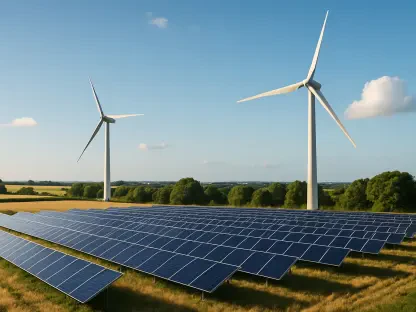In the current dynamic energy landscape, electricity consumer groups are advocating for the Federal Energy Regulatory Commission (FERC) to bolster the precision and clarity of electricity demand forecasts. The pressing nature of this request stems from the anticipated steep rise in electricity consumption driven by burgeoning technologies like artificial intelligence, expanding data centers, and a resurgence of advanced manufacturing in the U.S. This urgency calls for a reassessment of load forecasting to meet future energy demands effectively.
Overview of the Energy Industry’s Current State
The energy industry plays a vital role in modern society, providing the necessary power to sustain daily activities and the operations of industries worldwide. Several key segments, such as renewables, fossil fuels, and nuclear, contribute to its complexity. Over recent years, technological advancements have markedly impacted the sector by introducing smart grids, energy storage solutions, and efficient combustion processes. Industry leaders and major players continuously adapt to regulatory frameworks that govern emissions, safety standards, and market operations.
Furthermore, the energy sector is heavily influenced by an intricate network of regulations and policies that aim to maintain a balance between development and environmental protection. Understanding these regulations is essential for navigating the competitive energy market.
Key Trends Driving Rising Energy Demands
Emerging Technologies and Market Drivers
Emerging technologies, including AI, have started shifting energy usage patterns. The demand for electricity is expected to further increase with the proliferation of data centers and changes in consumer behavior, such as the growing adoption of electric vehicles. These technologies present new opportunities for efficiency and innovation in the energy sector, yet they also amplify demand, placing additional stress on existing infrastructure.
On a market level, the transition toward cleaner energy sources and the integration of digital solutions are pivotal drivers. Navigating this transformation requires strategic planning and accurate forecasting to leverage emerging market opportunities while addressing growing energy demands adequately.
Growth Projections and Future Performance
Data presented by consulting firm ICF predicts that U.S. electricity demand will rise by 25% within the next five years, potentially doubling by 2050. These projections indicate that around 80 gigawatts (GW) of new generation capacity will be needed annually by 2045. This necessitates rapid expansion and optimization of energy infrastructure to meet projected future demands.
Forecasting models currently in place may not align with these growth projections unless improvements are made. Grid planners and policymakers face the dual challenge of supporting burgeoning demand while minimizing rate increases for consumers, with forecasting being the cornerstone of effectively managing these future outcomes.
Challenges and Solutions in Energy Demand Forecasting
Forecasting energy demand involves various challenges, ranging from technological uncertainties to regulatory constraints. In the face of a changing market landscape, inaccurate forecasts can hinder infrastructure investment decisions, either leading to underdeveloped grids or driving up rates due to overinvestment.
Approaches to overcome these challenges include utilizing advanced analytics and incorporating diverse data sets to refine existing models. Enhancing transparency and adopting standardized methodologies across the industry can mitigate these obstacles, improving the reliability of demand forecasts.
Regulatory Impact on Forecasting Practices
The regulatory landscape exerts considerable influence on forecasting practices within the energy sector. Laws and standards surrounding emissions targets, renewable integration, and efficiency directly shape how industry players prepare for future demand. Compliance with such regulations ensures energy providers adhere to necessary safety and security measures.
Regulatory changes can either facilitate or hinder the adaptation of forecasting approaches. Policymakers must maintain a balance between fostering innovation and ensuring robust oversight for accurate, effective projection of energy needs.
Future Directions for the Energy Industry
The trajectory of the energy industry is set to undergo further transformations fueled by emerging technologies and shifting consumer preferences. Potential disruptors on the horizon include advancements in energy storage, distributed generation technologies, and smart grid innovations. Emphasizing flexibility and resilience will help better align infrastructure with anticipated changes in consumption patterns.
Forecasting will continue to play a pivotal role as the industry navigates these disruptions. Strategic foresight will position market players to take advantage of growth prospects while ensuring sustainable and equitable energy distribution.
Conclusions and Recommendations
The collective push from electricity consumer groups inspired a stronger focus on refining forecasting methodologies, recognizing their centrality to navigating the energy sector’s challenges. Advocates emphasized the adoption of transparent and reliable forecasting models as a pathway to secure consumer interests and support infrastructure investment.
Moving forward, enhancing collaboration among regulators, utility providers, and other stakeholders is key to ensuring consistency and synchronization across forecasts. Implementing best practices and fostering dialogue around technological and market developments will promote an agile response to the evolving energy landscape. Strategic investments in innovative solutions and data-driven approaches are crucial to sustaining energy reliability while meeting increasing demand.
